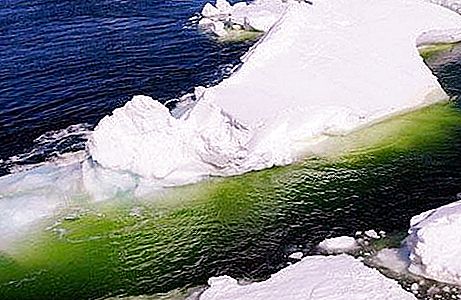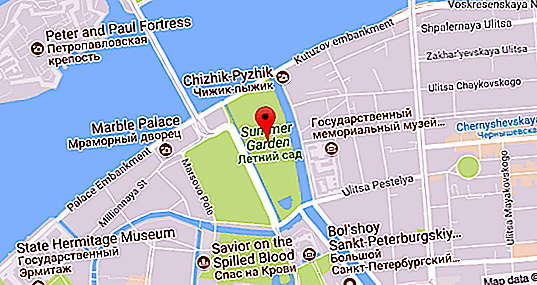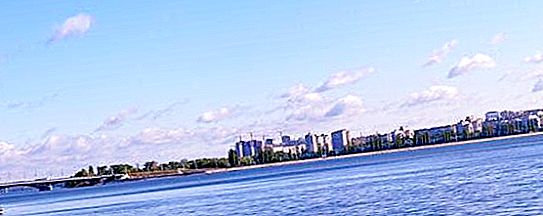The hyperoglyph fish belongs to the order Perciform from the Centrolophian family. There are 6 species in total. The most common of them are Japanese, southern, Antarctic and Atlantic. And if the last of the species lives in the Atlantic Ocean, then the range of the first is the temperate and subtropical waters of the northwestern Pacific Ocean. This hyperoglyph is common along the coast of Japan and the southern Kuril Islands. It is also found in the waters of the Sea of Japan, from the island of Tsushima to southern Sakhalin and from Busan to the north of Primorye.
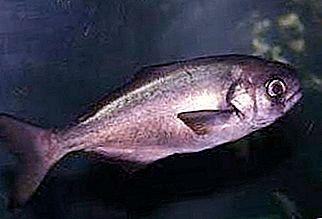
Hyperoglyph - a fish with a relatively high body bluish or greenish-gray in color with reddish-brown hues. Moreover, the abdomen and sides are lighter, and the back with the head is darker. Gill covers with silver overflow. Juveniles may differ in a not very pronounced striped coloration. Japanese hyperglyph has a rather large head, which is at least 30% of the whole body, it is naked with a blunt and short snout. The eyes are medium sized with a golden iris. The jaws are equipped with single-row, sharp, frequent and small teeth. The dorsal fin is continuous, the pectoral ones are rounded and relatively small, and in young animals they are pointed. But the ventral fins are poorly developed. A side line begins above the gill cover. She, smoothly bending, continues beyond the end of the pectoral fins and goes in the middle of the side to the end of the anal. Body length can reach 90 cm, and weight - 10 kg, most often individuals are found not more than 40-60 cm.
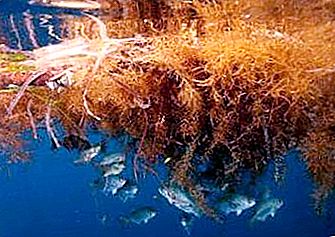
Few people imagine what a fish looks like a hyperoglyph, since not everyone knows about it, and its biology has been little studied by scientists. Adult individuals live at the bottom at rather great depths (from 100 to 450 m). They feed on small bottom fish, their juveniles, as well as shellfish, cephalopods, and all kinds of crustaceans. Almost nothing is known about their reproduction. Presumably, a hyperoglyph fish spawns in late autumn. Her young prefers to be closer to the shore or in the pelagic. In other words, in the water column between the bottom and the surface. They try to stay under drifting algae or any floating objects. Off the coast of Canada in the waters of the Atlantic, they can be found from June to October.
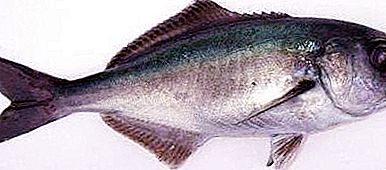
Basically, the fish does not have an independent fishing value. In the North Atlantic, it is rather a by-catch in coastal waters, where it is caught by water trawls. But in Japan and Chile it is a commercial fish. Along the shores of these countries, it forms jambs over the continental shelf in the bottom layers and in the pelagic of the open sea. It is especially appreciated in the land of the Rising Sun and is used as table fish. When boiled, its meat is very tasty and juicy, and the broth has a wonderful aroma. She is also good at cold and hot smoking with fillet cutting.
In Russia, hyperoglyphs are also caught in the form of by-catch; this is not more than 10-12 tons per year. And in the summer-autumn period (during migrations) it becomes an object of sport and recreational fishing. They catch him spinning in the area of Furugelm Island or Rimsky-Korsakov Islands, which are located in the Gulf of Peter the Great.

